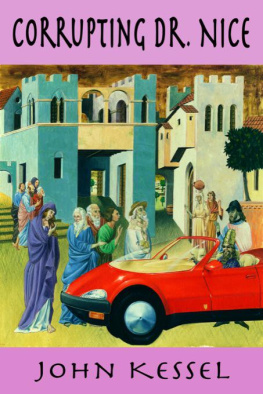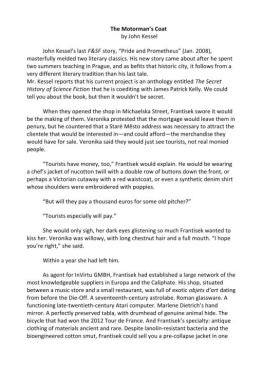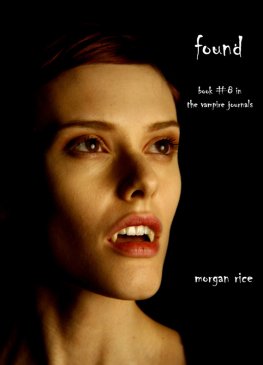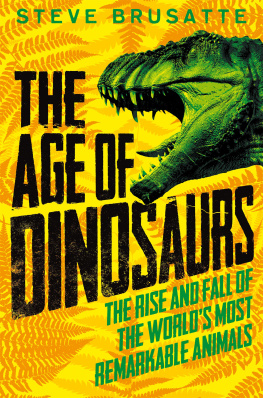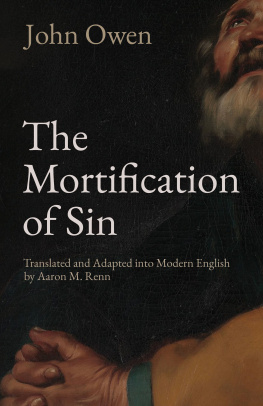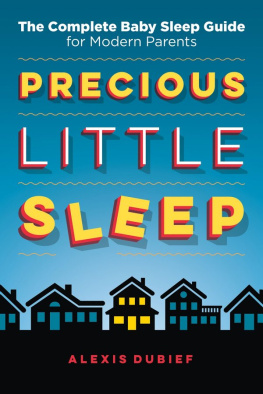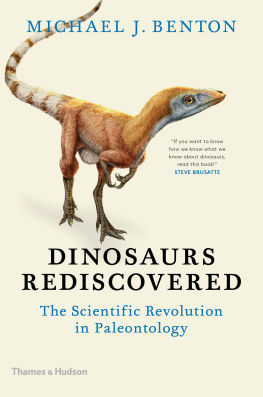Corrupting Dr. Nice
John Kessel
CORRUPTING DR. NICE
This is a work of fiction. All the characters and events portrayed in this book are fictional, and any resemblance to real people or incidents is purely coincidental.
Copyright 1997 by John Kessel.
Introduction 2011 by John Kessel.
All rights reserved, including the right to reproduce this book or portions thereof in any form.
Original Cover illustration by Max Schindler. Used by Permission.
I Dont Know What Kind of Blues Ive Got, by Duke Ellington 1942 (Renewed) EMI Robbins Catalog Inc. All Rights Reserved. Used by Permission. Warner Bros. Publications U.S. Inc., Miami, FL 33014
eISBN: 978-1-61824-984-5
Ebook Cover Image by John Kessel.
Electronic Version by Baen Books http://www.baen.com
Dedicated, with affection and gratitude, to
Frank Capra
George Cukor
Howard Hawks
Gregory La Cava
Ernst Lubitsch
Leo McCarey
George Stevens
Billy Wilder
and most especially, in admiration of his genius, to
Preston Sturges
INTRODUCTION: REMEMBERING DR. NICE
I have a little saying that I made up some years ago that repeats in my mind when I am trying to figure out, working my way through a new story, how I should treat my characters. No one deserves anything; everyone deserves everything.
Corrupting Dr. Nice first appeared in 1997. For this e-book edition I thought I might revisit the writing of the book and say a few words. I have been a fan of classic screwball and romantic comedy of the 1930s and 40s since I was a teenager; some of the best moments of my life have been spent in dark theaters watching Cary Grant and Katherine Hepburn in Howard Hawks Bringing Up Baby, or Grant and Irene Dunn in Leo McCareys The Awful Truth, or Herbert Marshall, Kay Francis, and Miriam Hopkins in Ernst Lubitschs Trouble in Paradise, or Clark Gable and Claudette Colbert in Capras It Happened One Night.
Following the 1989 publication of my novel Good News From Outer Space, I cast about trying to figure out if I had another novel in me. Good News was an apocalyptic millennial thrillerthough it had comic overtones, the comedy was very dark. In writing it I felt as if I had found a voice that worked for me. Being the kind of writer I am, I immediately rejected the idea of writing another book like that one. Since I loved these old comedies, I wondered if I might crash together classic screwball and science fiction. Aside from some of the work of Connie Willis, I had not seen much attempt to try that in our genre.
Strangely, though I had seen dozens of such films, good and bad, until the 1980s I had never encountered the films of Preston Sturges. Sturgess star had fallen so rapidly and drastically by 1950, and he had managed to accomplish so little in the decade before his death at sixty in 1959, that it took a long time for anyone to think of recovering him. While Capra and Hawks and Lubitsch and even McCarey were spoken of with reverence, and their films shown repeatedly in the 1970s in university film series and revival theatres, aside from references to the script he wrote for the early film The Power and the Glory, which many cited as an influence on Citizen Kane, and occasional mention of Sullivans Travels, Sturges remained essentially invisible. So it was that when I first saw his filmsnotably Sullivans Travels, The Miracle of Morgans Creek, and The Lady Eveit was a revelation to me. In some ways Sturges spoke to me more strongly than these other filmmakers I loved. He offered romance and humor, but it was the satirical edge of his movies that seemed most in tune with my own personality. Here, I thought, is the way to merge screwball with the cynical vision of the world that was second nature to me.
I went off on a huge Sturges bender, seeing as many of the films as I could. Some were hard to seeEasy Living and Remember the Night, which he scripted but did not direct, were for years unavailable, The Sin of Harold Diddlebock was snarled up in the mess Howard Hughes had made of it when he took it from Sturges and recut it, and the eight amazing films he wrote and directed in four years at Paramount were only spottily available. The death of the revival theaters in the 1980s made it hard to see these films in their proper circumstances. But the home video revolution helped.
Anyone who reads Corrupting Dr. Nice will see that though I honored many other of my favorites in the course of the novelin particular, scenes with Wilma the dinosaur will be familiar to fans of Bringing up BabyI most owe this novel to The Lady Eve. But there was no point in simply retelling that storywe have The Lady Eve already. What could I bring to it?
I pondered this issue for a long time, and for a while it seemed I would not write this book. It was when I saw the story as a vehicle for social comment, and time travel as a means of exploitation of the past, and embodied my social comment in the differences that push Genevieve and Owen apart, that the story took off for me. What this meant practically was the introduction of the story of Simon the Zealot. This subplot owes nothing as far as I can tell to screwball, and in its grimmer expression may perhaps be seen to be at war with the comedy, but I am of the opinion that the very best comedyand most definitely Sturges best workis just another way to talk about serious things.
The critic James Harvey has pointed out the startling similarities of screwball comedy and film noir. I see two elements that are essential to both.
First, both classic screwball and noir films are centered on an alluring woman with whom the hero gets ensnared. Her motives are ambiguous, yet she is the motivator of the action. The man, no matter how much he may think he knows of the world (and he is usually deluded into thinking he is much more competent than he is) struggles to keep up with her. The plot leads him through a series of twists and turns. There is a conflict between attraction and distrust, and in this dance the woman is in no way subordinate to the man. Sex is very much the air.
Second, the world of both screwball and noir is a chaotic one, subject to surprising turns that are the result of either fate or accident. The universe is either benign (screwball) or malign (noir) and the characters cannot control it no matter how hard they try. They may, for a time, think they have it licked, but in the end they are knocked about like pinballs in a complex machine, trying to end up in the right slot.
Throw in a cast of oddball, eccentric, or socially representative secondary characters and you have the classic screwball or noir, Ball of Fire, starring Barbara Stanwyck, or Double Indemnity, starring... Barbara Stanwyck.
I more or less consciously tried to honor all of these things in Corrupting Dr. Nice. I leave it to you to decide whether the enterprise was worth the investment.
For those of you who may be interested, I have written three other time travel stories, set in the same universe as Corrupting Dr. Nice, that are decidedly not comedies. They explore the noir side of the equation Ive set forth here. All three star my amoral fixer character Detlev Gruber, who appears in a small role in Dr. Nice as an employee of Rosethrushs media conglomerate. These stories are Some Like It Cold, The Miracle of Ivar Avenue, and Its All True, which I hope to present as an e-book in the near future.
One final thing: it has always seemed to me that the very end of The Lady Eve is a bit rushed. The hero Charles Pike is ushered into his happy ending without really earning it. So I give my hero Owen something to do, unselfishly, at some risk to himself, so that he might in the end deserve his undeserved good fortune. But no one deserves anything, and everyone deserves everything.
Next page
